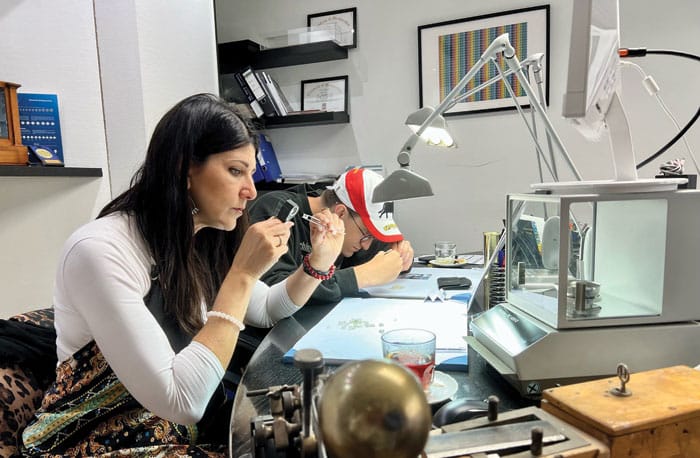
My 24-year-old son Gabriel lives 5,663 away in Brussels, Belgium; 5662 miles too far for a Jewish mother. Fortunately, I visited him this summer. Sadly Rabbi Zevi and Sara Ives, who Gabriel goes to every Friday night for Shabbat dinner, were out of town. But Gabriel knows when I travel, I want to connect with my Tribe and explore the local history of the Jewish people.
Brussels is not very Jewish, but nearby Antwerp has 15,000 Hasidic Jews who live and dominate the diamond industry. This Flemish city is a trading center for 85% of the world’s rough diamonds and around 50% of the globe’s cut diamonds.
Before the Netflix series, “Rough Diamonds,” I knew the Jewish diamond trade in Antwerp went back to the 15th century, when Jews expelled from Spain and Portugal settled in what is now Belgium. Antwerp’s Jewish population grew as Jews fled persecution in Eastern Europe.
Antwerp was home to many Jews who survived the Holocaust because they sewed diamonds into their clothes. It’s one reason why this city has one of the highest concentrations of Holocaust survivors and their descendants. Another reason is after WWII, the city’s mayor encouraged Jews to return to Antwerp to work again in the diamond trade.
I wanted to find an Antwerp guide whose family had lived in the region for decades and was a multi-generational diamond trader. Searching on AirBnB experiences, we were lucky to find Henri Keesje, a third generation diamond trader with a BA in history who offers private tours.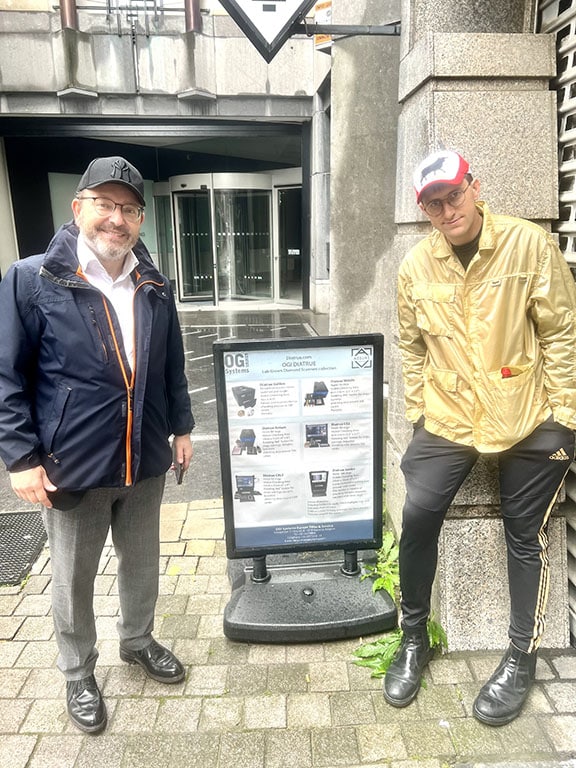
We met Henri outside the Astoria Hotel and walked the short block to the diamond center. With the rise in antisemitism, not knowing if it was safe to expose he’s Jewish, he wore a NY Yankees baseball cap to hide his kippah and dressed in a modern style, no exposed payos or tzitzit. Before we began, I played Jewish geography so he knew we were Jewish. He smiled when he learned he knew Gabriel’s Rabbi in Brussels.
In typical Jewish fashion, this was not a knowledgeable tour guide telling stories and the tourists listening politely. Gabriel and I had separately done research and peppered Henri with constant questions and commentary.
Gabriel, the scientist, researched how diamonds were created, sourced, valued and cut. Me, the economist, was fascinated by how business was done and the global threats and opportunities in the industry. I was curious how a $50 billion dollar industry spanned only one non-descript block in the heart of Antwerp.
Because it is Henri’s passion to be an ambassador for the trade, we learned no other diamond trader does what he does … take you into his office and allow you to handle both rough and polished diamonds. As history and technology geeks, we also loved seeing the evolution of tools from centuries ago to navigating the online trading platforms and AI (artificial intelligence) tools that have transformed the industry. What we saw was mind blowing — and, of course, all the technological innovations come out of Israel.
We learned Henri and his father’s business is world renowned for colored enhanced diamonds. For someone who’s never liked diamonds (because I love bold deep colors), I fell in love with these diamonds! His family has perfected a specialized procedure of ionic beams and heat treatment to transform natural diamonds into permanent shades of blue, yellow, pink, green, cognac and my favorite, turquoise. 
Gabriel said when he finds his Jewish bride, he’ll buy the diamond from Henri. If I’m lucky enough to get married again, I hope my beloved will get one of his rings with a single deep turquoise diamond floating in a titanium band.
Before we went into Henri’s office, we gave our passports and fingerprints to the guards and then Henri took us into the magnificent trading hall which is featured in “Rough Diamonds.” After centuries of business, it’s still the center of Antwerp’s trade in rough and polished diamonds.
But to do business there you must be an approved member of the Diamond Bourse. The Bourse was founded in 1904 by Antwerp diamond merchants who wanted to move their diamond dealing from the Petit Duc café to a more structured and secure place of business than trading diamonds in a public cafe.
To join the Bourse, there’s in-person interview where you’re grilled on who you know and what kind of deals you’ve done. Then your photo and name are posted on a bulletin board in the grand hall for three months. People who pass through can comment on dealings with you. If you pass the court of public opinion, followed by a criminal background check, then you’re admitted to this prestigious group.
Once you’re in and maintain good status, it enables you to go to any diamond trading center in the world. However, if you screw over another member, an independent court called the “arbitrage” acts like a Beit Dein (Jewish religious court) to rule on the case. If you lose, you’re expelled from the Diamond Bourse globally and your name/picture/country of origin/crime will be posted on the great hall’s bulletin board so traders know NOT to do business with you.
Outside the hall, the industry has changed dramatically because of three elements; technology, lab grown diamonds and low global labor costs. Henri showed us all the new technology and walked us through how the internet has transformed how the diamond business works.
Because of sophisticated 3-D visual technology, diamonds are not traded in person, but online, putting brokers out of business.
Israeli company Sarine has reimagined the diamond industry using AI to disrupt every aspect from how to cut a rough diamond to accurately assessing the four Cs: cut, clarity, carat, and color. To address the issue of fake diamonds, dealers use the Israeli technology OGI System, which instantly checks if a diamond is real, or lab grown.
Because of the low costs of labor, India has become Antwerp’s major competitor as a diamond center. Henri said that the Belgium government is sensitive to the issue and in 2017 enacted a “Carat Tax,” which aids registered diamond traders by removing the complexity of the profit-based tax system. The traders are no longer taxed on profits but on a percentage of their overall turnover.
With all the AI disruption and global competition, Henri taught us the most important aspect of the business that can never be disrupted is trust between humans.
With all the AI disruption and global competition, Henri taught us the most important aspect of the business that can never be disrupted is trust between humans. As Jews, we’re not only a religion, we’re also a family. It makes sense why Jews have dominated the diamond trade in this region for centuries. You trust your family. But this family is growing and blending. With the innovations in the industry, it’s easier for anyone to learn the trade. Henri, being a great teacher, is starting a private diamond business school where pupils can learn the trade in a one-two week intense course. 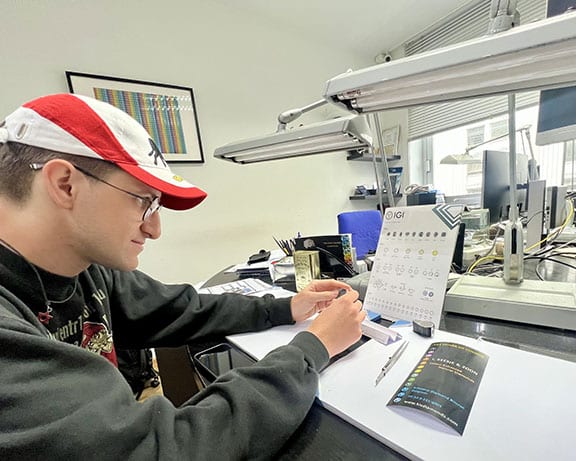
Gabriel smiled at me and shook his shoulders, another career path he could pursue? Our tour with Henri was was by far the most fascinating experience of this trip and when I felt closest to my son. Together we studied and learned. It felt like we were chevruta (study) partners coming to meet with the Rabbi. Sitting side by side, looking at rough and polished diamonds through a jeweler’s loop was one of those moments as a parent you pray for; making a precious memory.
To learn more or contact Henri Keesje visit http://www.treatedcolors.com/ or call 32 476 890 305 or email keesjehenri@hotmail.com
Audrey Jacobs is a financial adviser and has three sons.
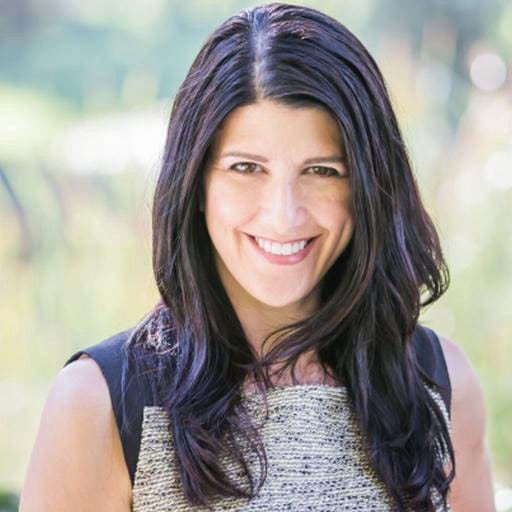






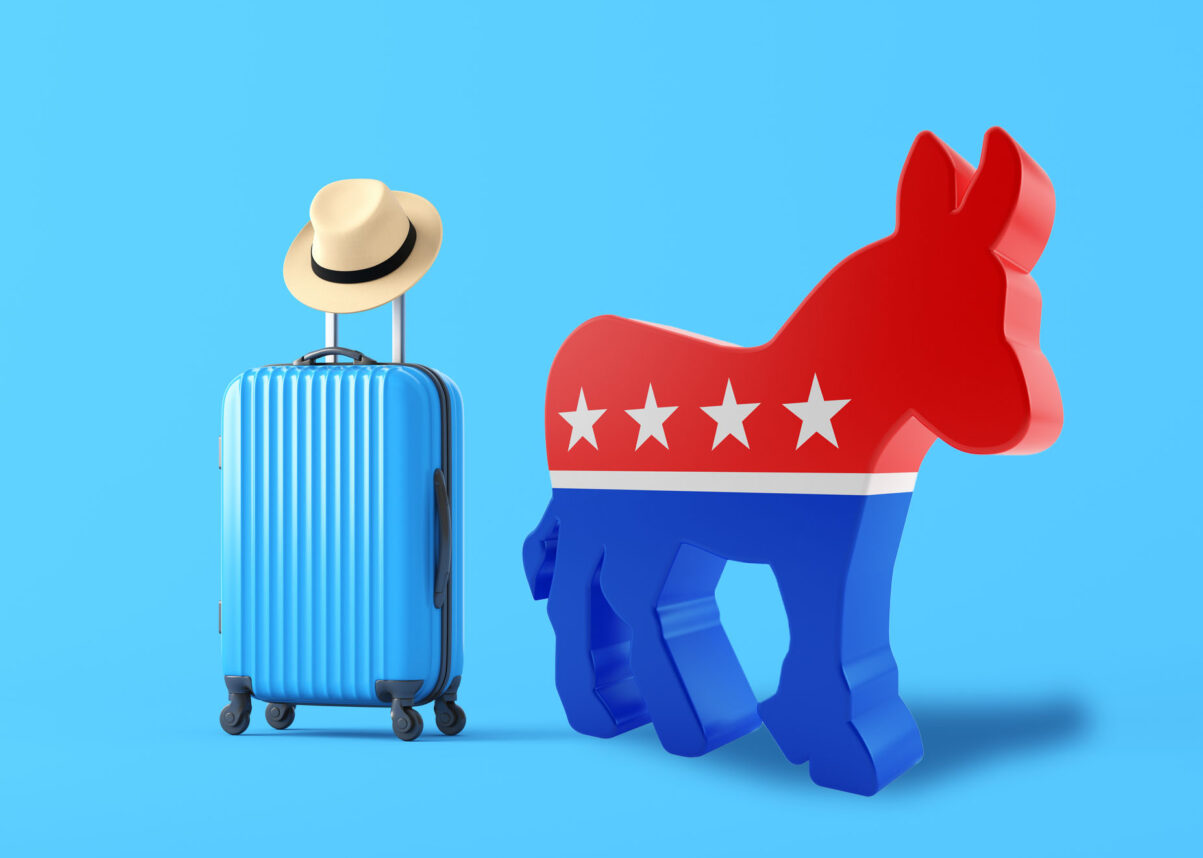

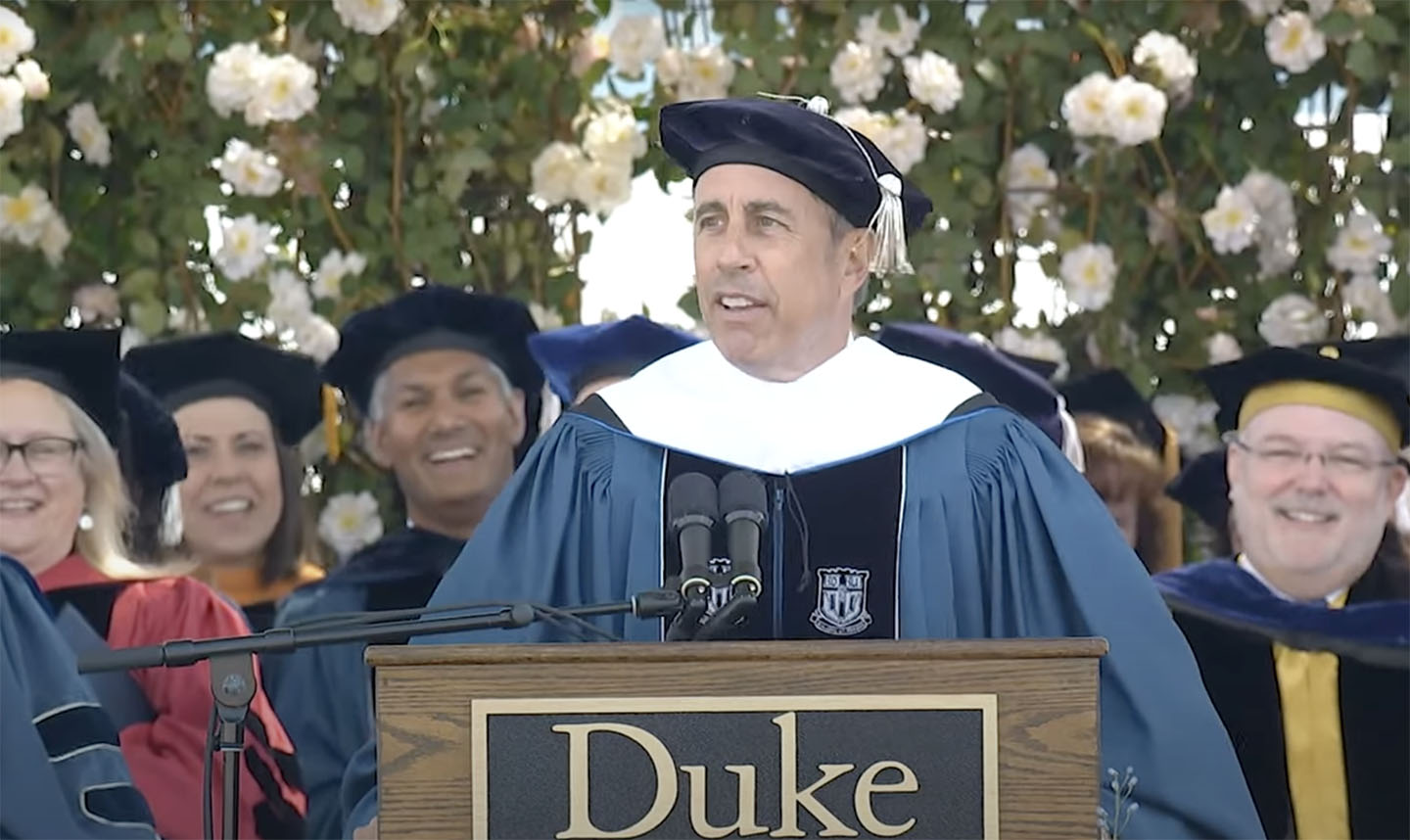



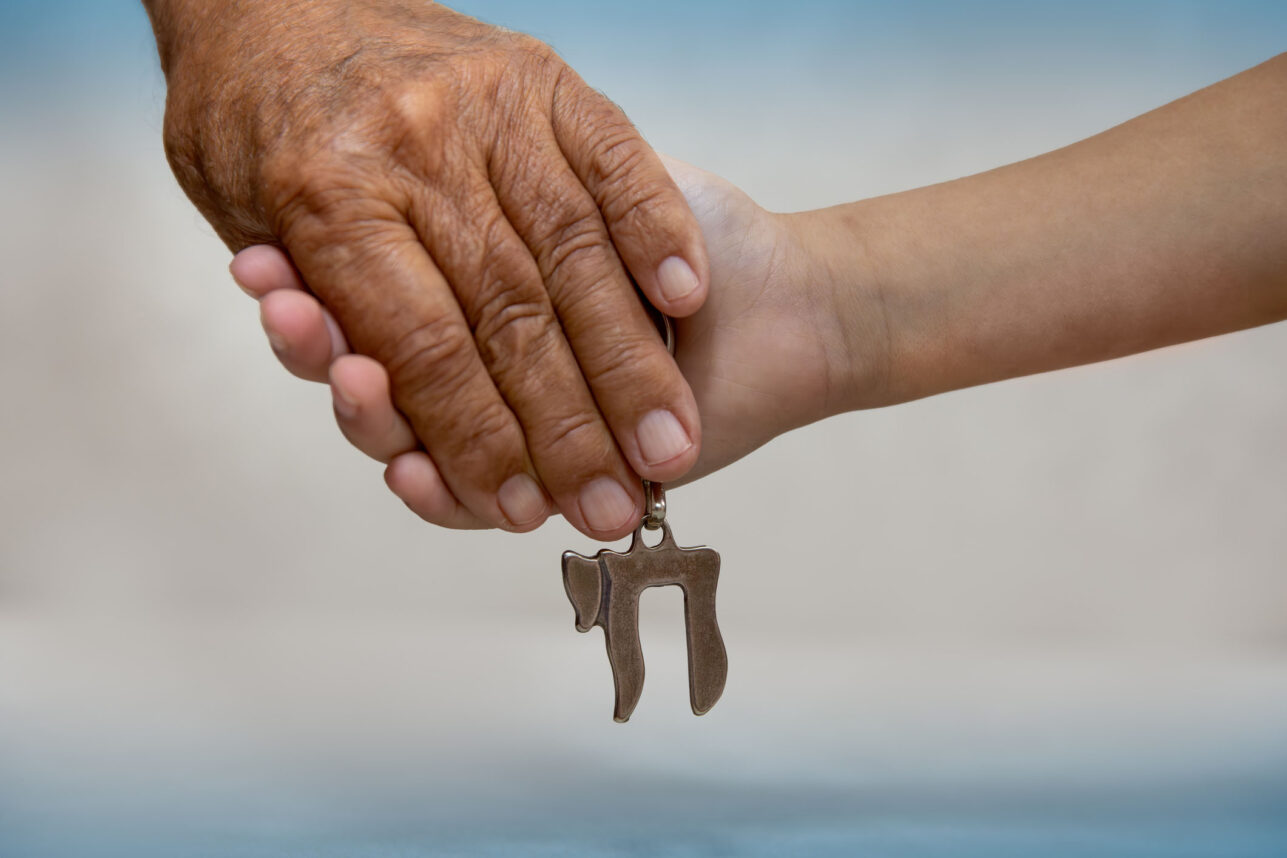
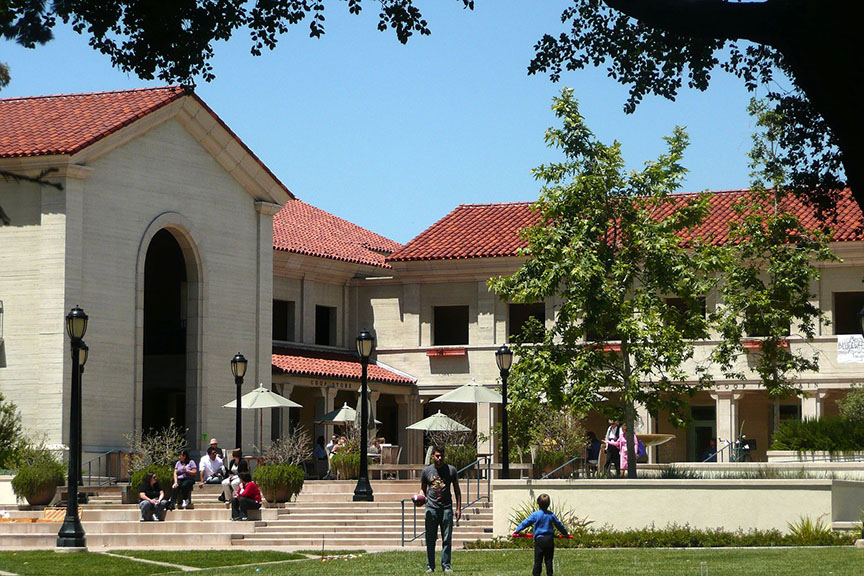
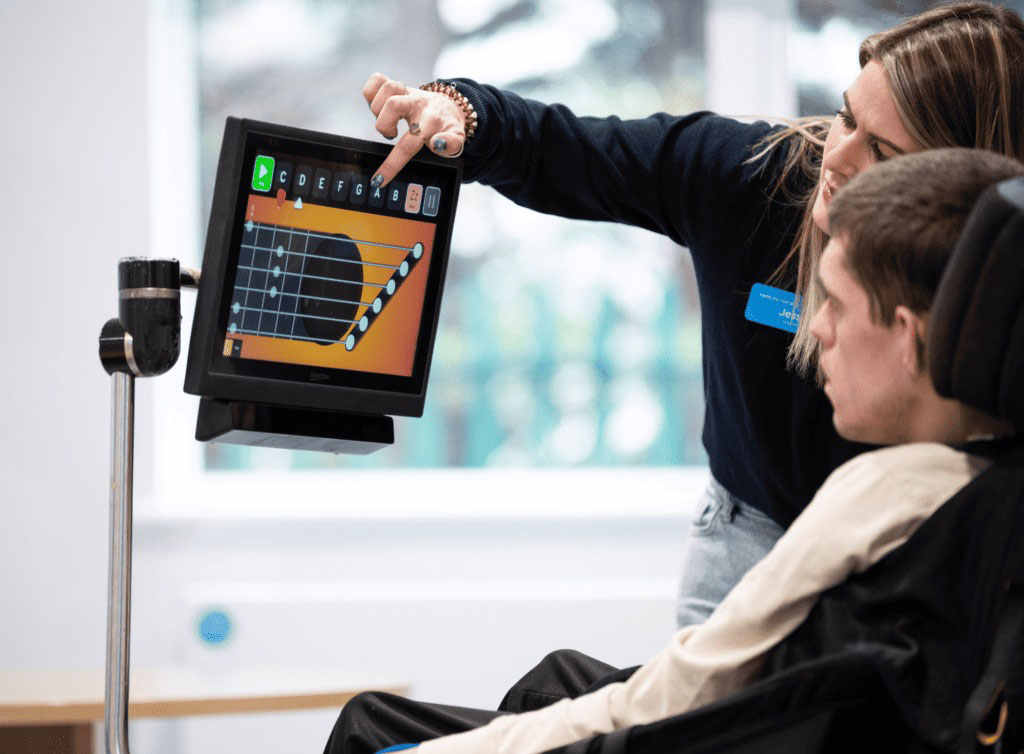
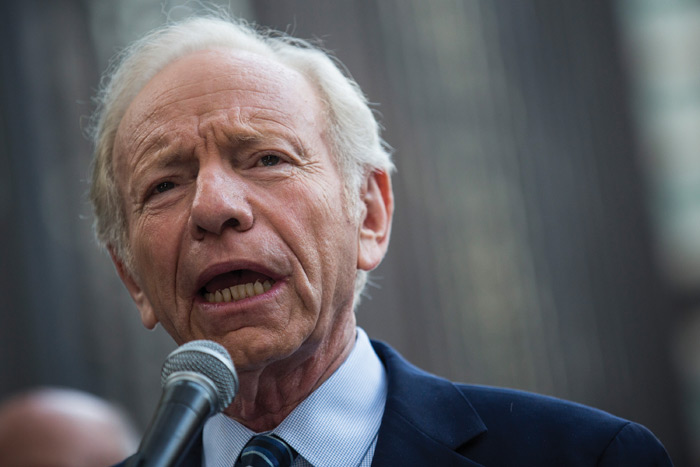






 More news and opinions than at a Shabbat dinner, right in your inbox.
More news and opinions than at a Shabbat dinner, right in your inbox.